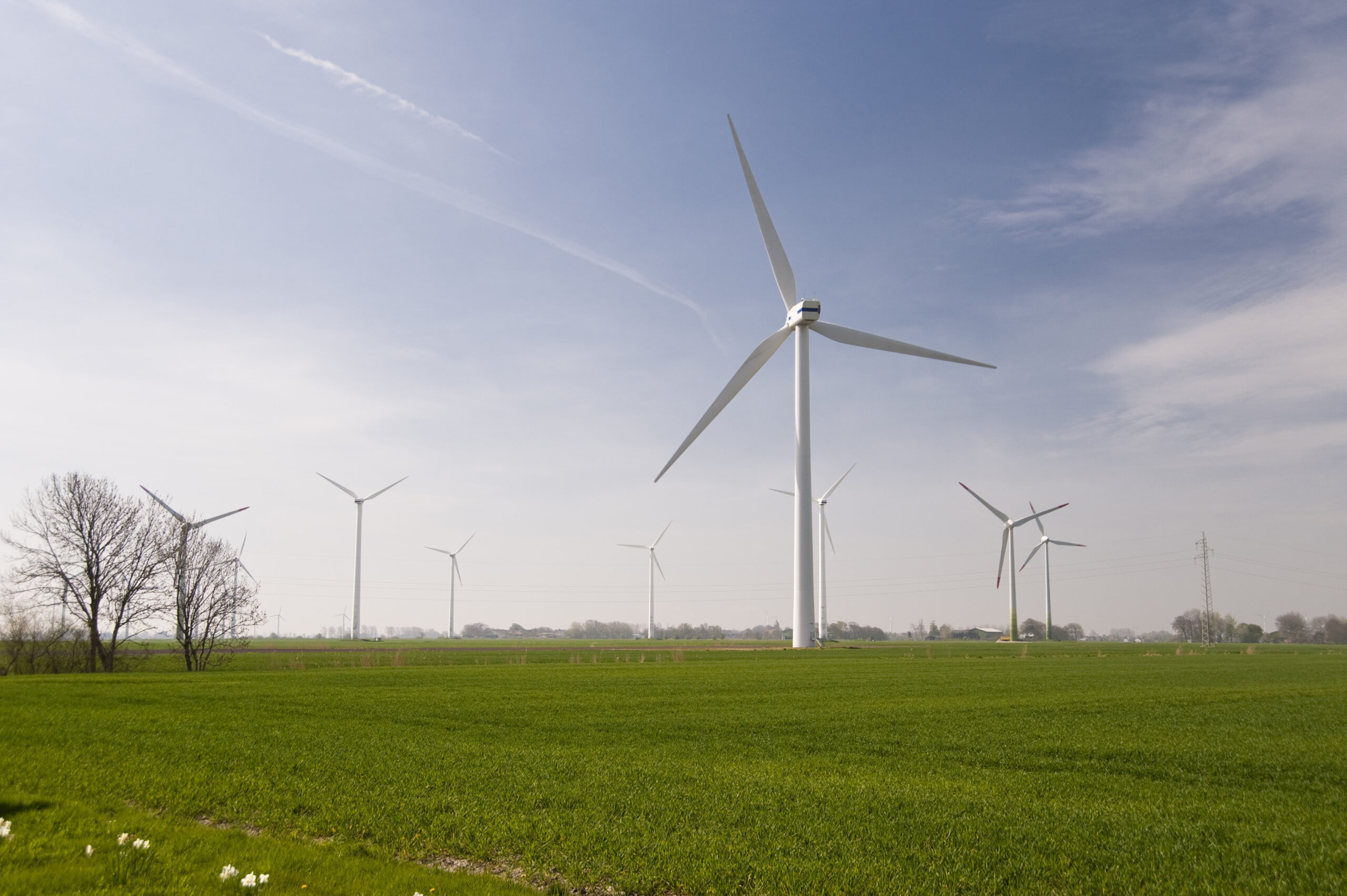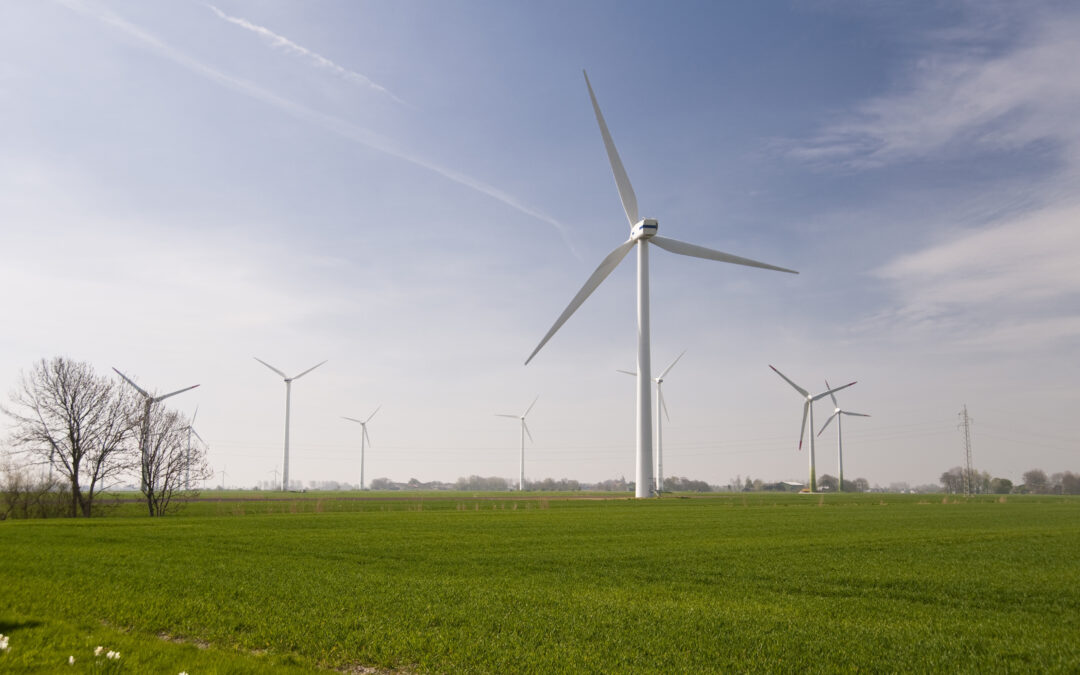Homesteading is a lifestyle choice that involves living off the land and being self-sufficient. It’s a way of life that has been around for centuries, but it’s gaining popularity again as more people seek to reduce their carbon footprint and live sustainably. In this blog post, we’ll explore what homesteading is, why you should consider it, and how to get started.
Introduction to Homesteading: What It Is and Why You Should Consider It
Homesteading is all about growing your own food, raising livestock, and producing goods on your own property. It’s a way of life that allows you to be independent from grocery stores and other sources of food and supplies. By becoming self-sufficient, you can save money, reduce waste, and enjoy healthier, fresher food.
Benefits of Self-Sufficiency: From Reducing Your Carbon Footprint to Saving Money
There are many benefits to homesteading, including reducing your carbon footprint, saving money, and enjoying fresh, locally sourced food. When you grow your own produce, you don’t have to rely on trucks or planes to transport it from far away, which reduces emissions. Plus, when you raise animals like chickens or goats, you can use their manure to fertilize your garden, further reducing waste. And by making your own products like soap or cheese, you can avoid buying expensive store-bought versions.

How to Get Started with Homesteading: Tips for Beginners
Getting started with homesteading can seem daunting at first, but there are plenty of resources available to help you along the way. Here are some tips for beginners:
1. Start small – Don’t try to do everything at once. Focus on one area of homesteading at a time, such as growing vegetables or raising chickens.
2. Research – Learn as much as you can about homesteading before you start. There are many books, websites, and online communities dedicated to helping new homesteaders.
3. Plan ahead – Make sure you have enough space and resources to support your homesteading efforts. This includes things like water access, sunlight, and soil quality.
4. Ask for help – Don’t be afraid to reach out to experienced homesteaders for advice and guidance. They can offer valuable insights into what works and what doesn’t.
Inspiring Stories from Homesteaders Around the World
One of the best parts of homesteading is hearing inspiring stories from others who have successfully made the transition to self-sufficiency. Here are just a few examples:
1. The Dervaes family in California runs a successful urban homestead where they grow over 60 different crops and raise chickens, ducks, and rabbits. They also make their own biofuel and solar energy.
2. The Hemenway family in Vermont turned their 500-acre farm into a thriving business that produces maple syrup, wool, and meat. They also host workshops and events to teach others about sustainable agriculture.
3. The Wrangham family in Australia transformed their suburban backyard into an edible paradise using permaculture principles. They now grow over 70 different types of fruit trees and vegetables, and even keep chooks (chickens) and ducks.
Conclusion
Homesteading is a rewarding lifestyle choice that offers numerous benefits to those willing to put in the effort. Whether you’re looking to reduce your carbon footprint, save money, or simply enjoy fresh, local food, homesteading may be the perfect solution. So why not give it a try? With the right planning and dedication, you too could become a successful homesteader.





